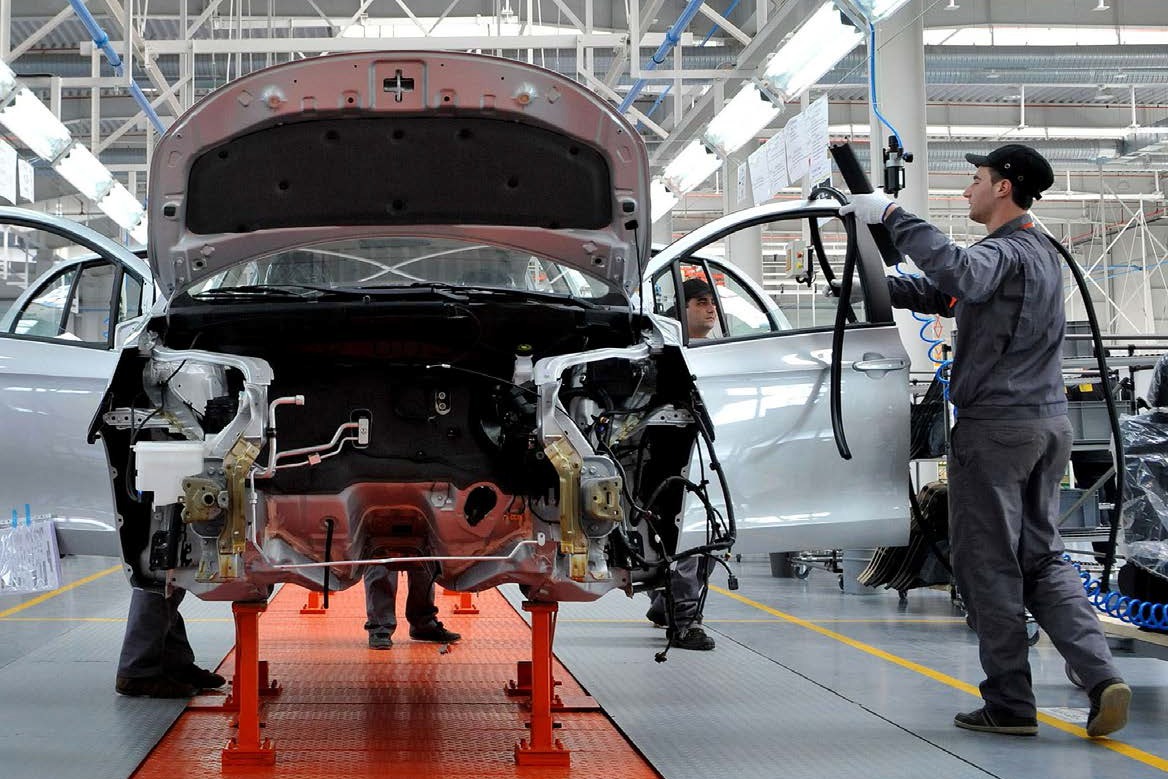Trump’s tariffs: the impact on the US system

As the clock struck midnight and July 6 began, the United States formally imposed 25 percent penalty taxes on a long list of Chinese products; the Chinese government — as it has previously said it would — responded in kind with an equally large set of new taxes on what is designed to be an equal quantity of American products, mostly agricultural goods.
Paired with an earlier round of US tariffs on Canadian and European steel — and Canadian and European countertariffs on American goods — it’s clear that the United States is now embroiled in a multi-front trade war. Indeed, according to an official statement from the Chinese Ministry of Commerce, Trump has just “launched the biggest trade war in economic history so far.”
On the campaign trail in 2016, Hillary Clinton warned that a Trump presidency would lead to trade wars, saying: “We went down that road in the 1930s. It made the Great Depression longer and more painful.”
The boring truth, however, is that Trump’s trade agenda just isn’t that big of a deal. Yes, he is imposing some new tariffs.
The current skirmishes could escalate into something much larger and consequential, but what’s happening right now is fairly modest and shouldn’t have a particularly large impact on most people’s lives.
Last year, the US imported a total of $478.8 billion worth of goods and services from China, so the target is fairly small relative to the universe of American trade with China. And it’s absolutely tiny relative to the size of the overall American economy, which is expected to total about $20 trillion in 2018.
Looked at another way, the 25 percent tariffs amounts to a tax increase of about $8.5 billion per year — not nothing, but small compared to the $150 billion per year worth of tax cuts that Congress passed in 2017. Throwing steel and aluminum tariffs into the mix along with special measures targeting imported washing machines and Chinese solar panels raises the total quantities involved somewhat, but doesn’t change the fundamental bottom line that these are small changes in a big economy.
Excessive alarm about Trump’s trade agenda has essentially three roots.
Conservatives and most of the American business community just genuinely don’t like it on ideological grounds, making this one of the few areas where Trump takes on some serious water from congressional Republicans. Add to that liberals who dislike Trump on general grounds being broadly incredulous that Trump-era benign economic conditions can possibly hold up, and you have set the stage for a kind of pan-ideological atmosphere of worry.
Trump himself, meanwhile, is a huge drama queen who enjoys having people overstate the significance of things he’s doing. Economic analysts at Goldman Sachs and other investment banks are telling clients that they don’t expect large impacts outside of the directly targeted sectors.
That’s because the actual trade actions Trump has taken are tiny compared to what he campaigned on — an agenda that frequently conjured up 35 percent across-the-board tariffs or 45 percent tariffs on all Chinese goods.
Doing something like that — or blowing up the entire global trading system with the oddly named FART Act — would be a much bigger deal. And since Trump’s initial moves have been met with foreign retaliation, you can imagine a series of tit-for-tat escalations that get us to something like such a collapse. Even here, though, the stakes are perhaps lower than one might imagine. Paul Krugman recently explored a scenario in which trade war escalation leads to a 70 percent reduction in global trade volumes and calculated that “the overall cost to the world economy would be smaller than I think many people imagine, maybe a 2-3% reduction in world GDP.”

